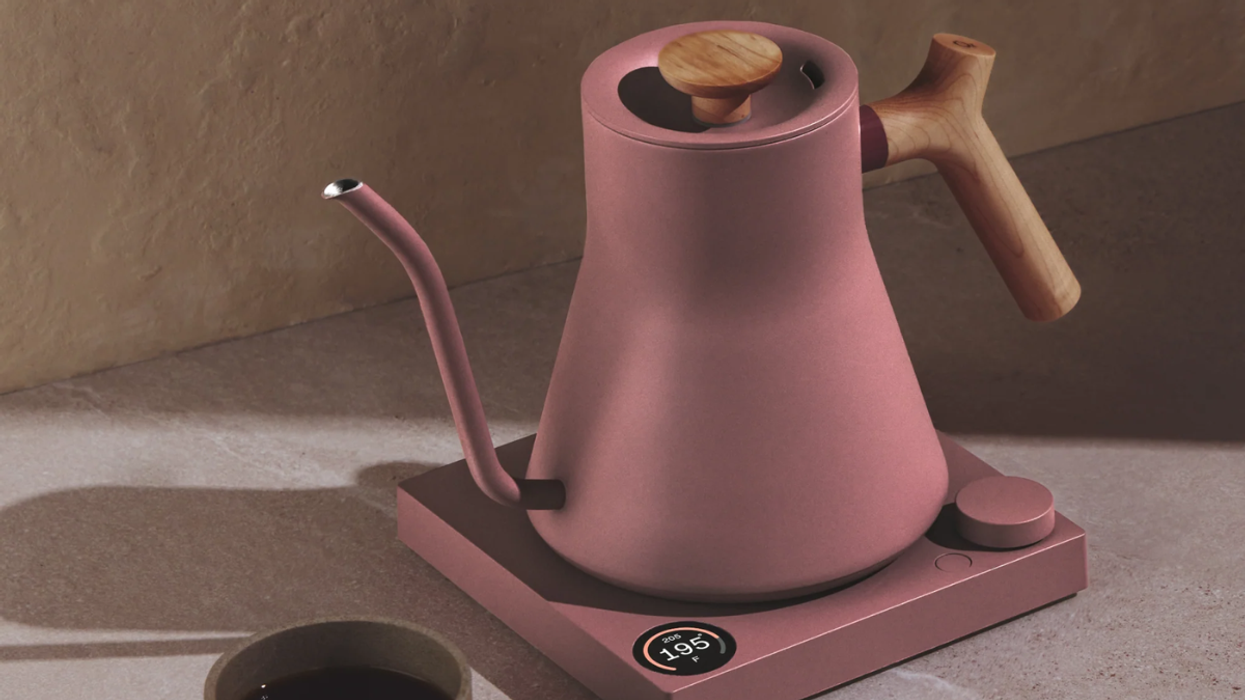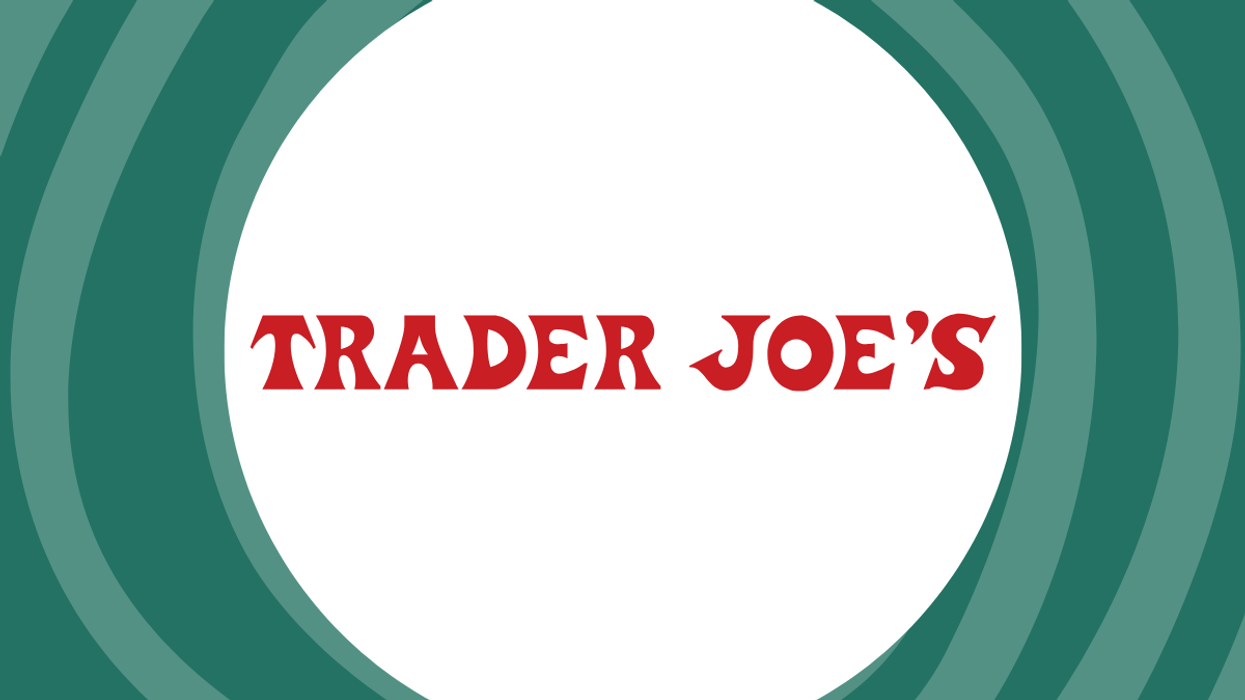You got this.
7 Tips for Finally Landing Your Dream Job in 2020

Lesley Chen is a California native who writes about travel, health/fitness, and other lifestyle topics. She has a serious case of RBF and exercises mainly to balance out an aggressive candy addiction.
The start of a new year is as good a time as any to take a moment and figure out what you want in the months ahead. And if finally landing your dream job is at the top of your wish list, half the battle is knowing where to begin. Whether you're just looking for a different opportunity or want to make a complete career pivot, here are some expert tips on what to do (and what not to do) to help you make your move, stat.
January is a good time to look for a job. (But TBH, there's really no "best" or "worst" time to look for a job).
Does new year, new you apply for job hunting too? "It's always a good time to look for a job!" says LinkedIn Career Expert Blair Decembrele. "That said, January brings introspection and resolutions, which often include the goal of finding a new job. So tap into that new year energy and start to think about your career priorities and job must-haves (e.g., flexibility, WFH, higher salary, a challenging environment, etc.)."
She adds that on the employer side, January is usually a busy time because hiring managers may have received new hiring budgets for the year and are ready to start filling open positions and headcount.
While everyone has refreshed vigor in both job searching and hiring post-holidays, LinkedIn data actually shows that the highest volume of job listings are available in the fall, so don't feel disappointed if your new year, new job plan doesn't work out immediately.
Pay attention to the day of the week you look and apply for jobs.
Timing can be everything. Says Decembrele, "Most hiring managers post new job opportunities on Mondays, so be on the lookout at the beginning of the week for new job postings. Jump on jobs in real time as they're posted by setting up your LinkedIn Job Alerts." If you see a listing you're interested in, carpe diem. According to data, professionals who are among the first 25 to apply to a role are 3x more likely to land the job, As they say, the early bird catches the worm, even in the career world.
Put in the work before you do the work.
Job searching can be a long, overwhelming, exhausting process, but Decembrele advises people to do some work upfront to make it less painful. Here are a few things to start with:
- Think about your career priorities. Do you want a flexible work schedule or purpose-filled work that drives your passion? Determine your values, must-haves, and your nice-to-haves. Decembrele puts it into perspective: "Since we spend 90,000 hours of our adult lives working, we should make our on-the-job time count. Find something that makes you want to get out of bed in the morning. Know what you want, and actively look for it."
- Research the companies — and the people who work at those companies — that offer the attributes that are important to you. Don't underestimate the power of networking. Says Decembrele, "Since 70 percent of professionals land a job based on a connection they already had, these connections could be your way in."
If you're planning to switch careers or industries, take a few steps to make the move easier.
Finding a new job is one thing, finding one in a different industry or function is another. Decembrele has some tips on how to tackle this challenge:
- Gain some pre-experience. Consider starting a side hustle or passion project while in your current role, she advises. One way is to try an apprenticeship program (like LinkedIn's REACH program for engineers) as a way to bridge the transition.
- Do a deep dive to research job opportunities. Even if you're not 100 percent sure what your next move can be, you can find inspiration and ideas from a huge breadth of open roles.
- Mind the gap. When checking out jobs, see if there are any gaps between your skill set and the skills you'd need to succeed in a different role or industry. If so, you can try to fill in the gaps by taking online courses. LinkedIn Learning, for example, has a library of more than 15,000 courses, ranging from software tutorials to leadership classes.
- Make sure your LinkedIn profile is up to date. You don't get a second chance to make a first impression, and according to Decembrele, 65 percent of people believe that the impression you make online is just as important as the one you make in person. Make sure yours reflects who you are professionally.
- Raise your hand to recruiters. The Open Candidates feature on LinkedIn is the best way to privately signal to recruiters that you are open to new opportunities, and makes you 2x as likely to receive relevant opportunities. Let some job opportunities find you vs. the other way around — you may be surprised by what comes your way.
Always have answers to key questions in your back pocket.
Interviews will vary by company and individual, but one thing that goes without saying is that preparation can make or break a candidate. Research the company, industry, competitors, and managers that you may be meeting with. Some common questions you should have handy answers to include the below (and check out LinkedIn's Interview Prep tools for more examples and ways to practice.)
- Tell me about yourself.
- What is your greatest weakness?
- Why should we hire you?
- What would your coworkers say about you?
- Tell about a time you failed or made a mistake.
Avoid common mistakes.
Sometimes knowing what not to do is just as important as knowing what to do, and there are some basic job mistakes that are completely avoidable.
- Don't go into a job search blind. "The biggest mistake is not knowing what you're in it for!" states Decembrele. Figure out what you really want from your next job and company ahead of time, so you don't end up taking a job that's not the right fit (and then have to start the whole job search process all over again).
- Don't lie. Use your resume or LinkedIn profile as a way to showcase your accomplishments, but don't embellish past the point of truth. Other easy ways to avoid mistakes: proofread for typos, grammatical errors, and outdated information; include quantifiable results like growth numbers or increased sales; be specific about your experience.
- Don't be disrespectful in interviews. Be present, focused, punctual, composed, and professional (in demeanor and appearance). And don't forget to keep your phone on silent and out of sight. Those text messages can wait.
- Don't forget to scrub your social media profiles. According to LinkedIn data, nearly one fifth (17 percent) of US interviewers say a candidate was eliminated from consideration because of inappropriate photos in search results and/or on social media profiles. Don't let one wild spring break ruin your shot at landing that job.
Make sure the company culture aligns with your values.
Remember, the interview goes both ways — the company is trying to decide if you're a good fit for a position, but you also need to determine if that company is a good fit for your career goals. In fact, 70 percent of professionals said they wouldn't work for a leading company if they had to deal with bad workplace culture.
In order to get a good read on a company's culture, Decembrele suggests you ask yourself what type of culture you want in your workplace and what you'd be willing to trade off for it. Research the company's mission and what they stand for, and see if there are recent news stories that show that their practices align with their words.
Importantly, don't be afraid to ask about the culture in general or specific questions about your interviewer's experience at the company. Decembrele also suggests asking to chat to other employees (outside of HR/hiring managers) to get different perspectives. Sample questions to ask include:
- Can you tell me what the company's most important values are?
- Where do you see the company in the next year? What about the next five?
- What is the work environment like — is more autonomous or collaborative?
- What was a recent challenge the company faced, and what did management/employees learn?
- How do you measure success?
- What continued learning is offered, if any, for employees?
- What do you like most about working here? Anything you want to change?
- How has the company changed since you've been here?


















